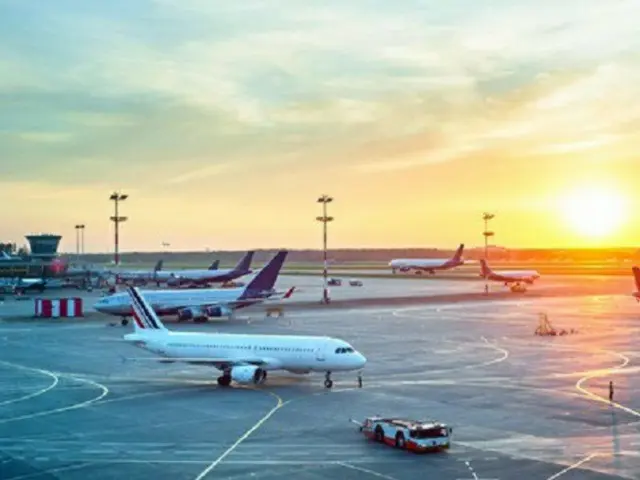explains that it is difficult to generalize about the safety of different seats in an airplane accident. Two flight attendants miraculously survived the Jeju Air crash.
The two survivors were only able to survive because the rear end of the fuselage broke off during the crash. The two survivors sustained injuries of varying severity, but were conscious when rescued.
According to the Federal Aviation Administration's CSRTG, a study of the mortality rate according to seat location on an aircraft over the past three to five years found that passengers sitting in the front seats of an aircraft had a 38% mortality rate,
The fatality rate was lowest for passengers sitting in the middle seats at 39 percent, followed by those sitting in the rear seats at 32 percent. However, experts say that it is difficult to generalize the safety of different seats in aircraft accidents and that there is no meaningful correlation between the two.
On the 30th, Kim In-gyu, director of the Aviation University Flight Training School, who appeared on CBS Radio's "Kim Hyun Jung's News Show," said that the number of aircraft accidents was 100,000.
When asked which seats are the safest during an airplane flight, he said, "It's difficult to judge which seats are safe and which are unsafe."
Director Kim was the director of the Asiana University Hospital in San Francisco International Airport in 2013.
He cited the landing accident of a US Navy plane (2 dead, 181 injured) as an example, saying, "The rear of the fuselage hit the ground, and only the passengers in the rear were thrown out and died," and said, "In an aircraft accident,
"There are many different cases where damage occurs, and no place is immune to damage," he said. In conclusion, the chances of survival in an aircraft accident depend not only on the seat position, but also on a variety of factors, including the cause of the accident and the design of the aircraft.
A variety of factors are at work. The Jeju Air passenger plane accident occurred at around 9:03 a.m. on the 29th at Muan International Airport in Jeollanam-do. The plane departed from Bangkok, Thailand.
Jeju Air Flight 7C2216, which was scheduled to arrive at Muan International Airport after landing, attempted a belly landing but collided with the exterior wall and caught fire.
As a result of the accident, 179 people, excluding two, survived out of a total of 181 passengers and crew members (175 passengers and 6 cabin crew).
A person died.
2024/12/31 07:04 KST
Copyrights(C) Edaily wowkorea.jp 107

